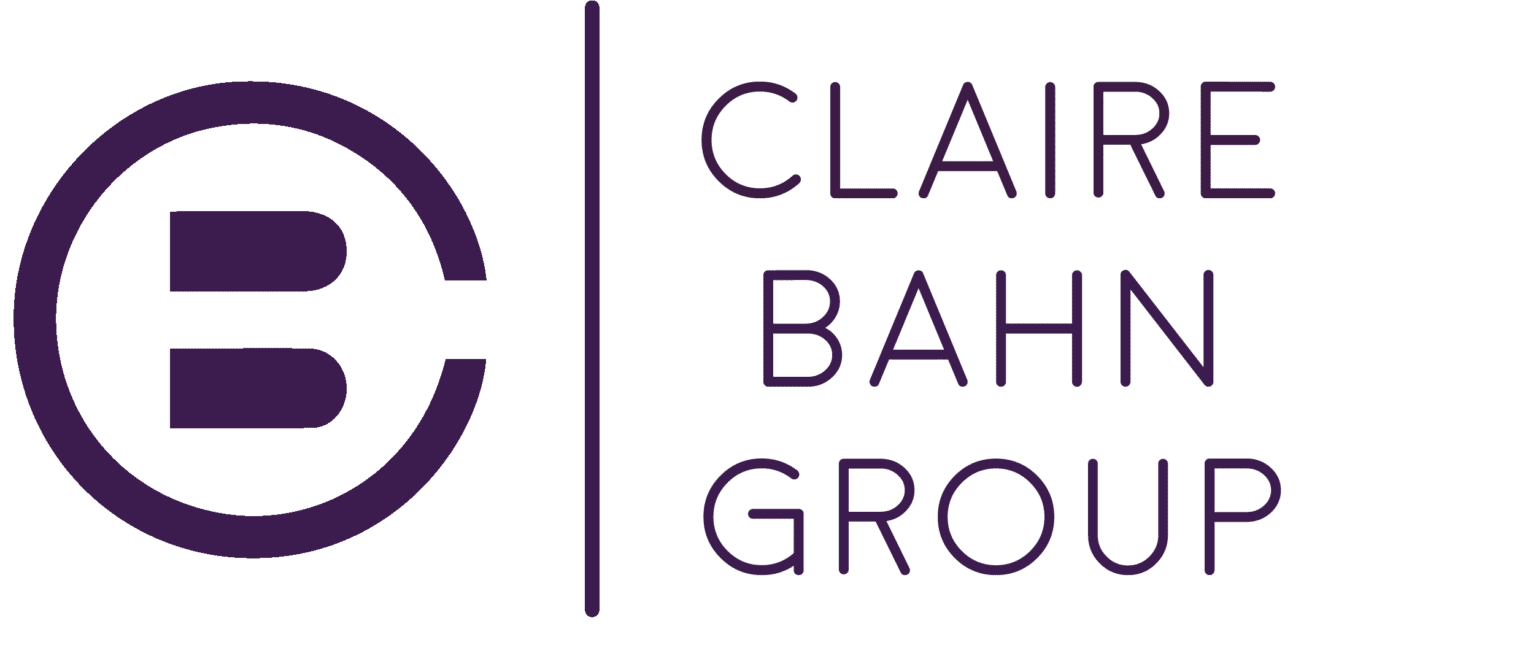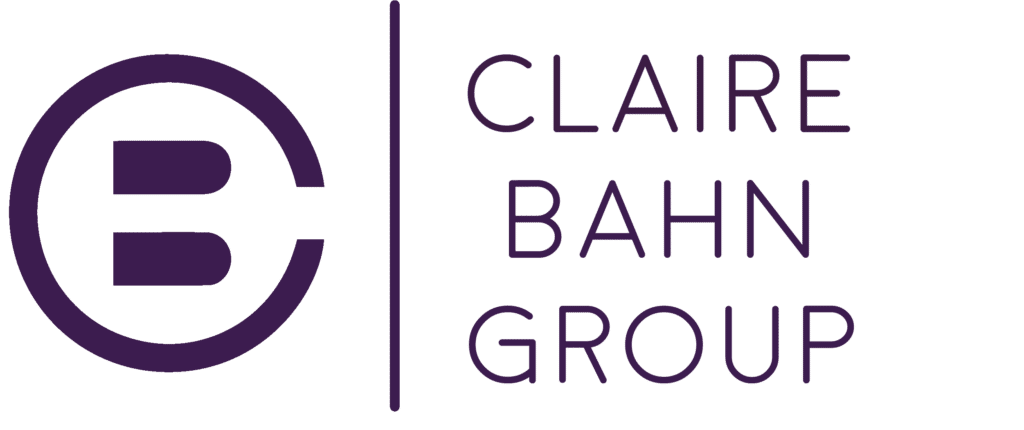What is the cost of a personal brand? How much can you expect to spend for a meaningful online presence? The answer can depend on multiple factors, including your starting point and goals. Develop a digital communications strategy and budget for the long run with this comprehensive cost breakdown.
The cost of a personal brand can vary greatly depending on several factors. Specific digital communications strategies and marketing techniques can also contribute. Building a personal brand requires simultaneously investing in multiple areas. However, the market is fickle, so that those things can change abruptly and with little warning.
How can you estimate the cost of a personal brand with so many variables? This makes budgeting and understanding the return on investment more challenging. What cost-effective strategies do you need to maximize your money? I’ll break down the factors contributing to personal branding costs and provide tips to help you see the bigger picture. Let’s get started.
Table of Contents
Examples of Successful Personal Brands
Why Is a Personal Brand Important Today?
How Are Personal Brands Developed?
What Tools Should I Use to Build My Personal Brand?
Three Factors That Can Affect the Cost of a Personal Brand
What Is the ROI of Your Personal Brand?
Estimating the Cost of a Personal Brand
The Role of a Personal Brand in Career and Business Success
How Do You Know When It’s Time to Build a Personal Brand?
Signs You Need to Start Building a Personal Brand
Budgeting to Build Your Personal Brand
Personal Brand Definition
A personal brand is your opportunity to make a name for yourself, separate from professional affiliations but sometimes associated with similar industries. It is a process of creating a customized identity as an expert or authority on something. This involves developing and maintaining several aspects of your offline and online presence.
Do you want to attract more clients and boost revenue?
The point of a personal brand is to make your message cohesive, consistent, and catchy. However, the cost of a personal brand initially depends on which type you choose. Here are your six possible personas:
- Altruist
- Careerist
- Boomerang
- Hipster
- Connector
- Selective
Talk to a personal branding expert to learn what each means and determine where you fit into the spectrum. A persona represents who you are, what you want to say, and where you’re headed in the industry. Choose yours wisely, and then consciously and intentionally optimize your brand and earn credibility.
Examples of Successful Personal Brands
What’s a good example of a personal brand that paid off? Let’s look at a few:
- Sara Blakely – She turned her positive perspectives on fashion into the world-renowned SPANX brand.
- Tony Robbins – He transformed his life experiences into an international brand focused on motivation and healing.
- Chip and Joanna Gaines – They developed a home improvement and interior design brand centered on everyday luxury.
These brands have the X factor, but they also have an excellent digital communications strategy. While not all brands can grow to the heights of international fame, owning and operating a personal brand is the fastest way to relevant recognition.
DID YOU KNOW: 57% of people believe that a CEO’s personal brand has a significant impact on the company’s stock performance, according to a study by Weber Shandwick?
Why Is a Personal Brand Important Today?
The cost of a personal brand pales in comparison to its importance. Today’s economy is fast-paced and demanding, so consumers require easily accessible information from brands they can trust. Meanwhile, the average online consumer’s attention span is only a few seconds long. These days, you don’t have much time to capture attention and convert it to action.
Personal branding is essential because it introduces you to people inside and outside your niche. It helps prevent lost opportunities while demonstrating your strengths. This could lead to exciting partnerships, promotions, job opportunities, guest appearances, speaking engagements, and sales.
Climbing to the top as part of a team can be tricky. Competition within an organization is real. If you don’t invest in yourself, nobody else will. Others will focus on personal development to benefit their bottom line, not yours. Make yourself known for what you’re good at or believe in to get your slice of the pie.
Attempting to promote yourself through a single channel is an exercise in futility, though. The “OmniChannel Approach” is what defines and drives your personal brand. This helps reach target audiences from multiple directions, speeding up brand recognition and visibility. In addition, seeing your content on several platforms reinforces their belief that you’re an expert or authority on the topic.
Unfortunately, platforms don’t want single influencers anymore.
“The days of an ‘influencer’ developing a colossal audience for massive profits are over.”
Digital communications platforms realized how little money they made from making individuals rich and famous. Now, the algorithm spreads visibility around, encouraging you to “boost your post” to get more views and transfer wealth to the platform. Smart.
Therein lies the problem for many executives and people interested in personal branding. Today’s marketing expectations hinge on a brand’s ability to publish relatable, relevant, and current information with a personal touch across numerous platforms. That’s a tall order for one individual against mature brands like Richard Branson, Oprah Winfrey, and Elon Musk.
DID YOU KNOW: Having a great brand can reduce hiring and training expenses by as much as 50%?
How Are Personal Brands Developed?
Personal brands are developed using a comprehensive and customizable approach. However, it’s important to remain patient and consistent when building your brand.
“While it’s possible to see positive results quickly, that’s the exception, not the rule.”
Constructing a personal brand takes time and requires even longer in competitive industries. Therefore, the cost of a personal brand depends on the tools and techniques used to create an enduring presence. It also hinges on how much time is required to position yourself at the top of the heap. Even Rome was not built in a day, so perhaps patience is the highest price for victory.
Likewise, these are the many balls a personal branding expert must juggle to help you succeed:
- Social Media Management
- Biography Writing and Editing
- Website Development and Maintenance
- Professional Photography and Videography
- Networking and Event Scheduling
- Online Courses and Workshops
- Podcasting and Guest Appearances
- Personal Development and Coaching
- SEO Blogging and Data Analysis
What Tools Should I Use to Build My Personal Brand?
Many tools and resources are available to help you build your personal brand. Each requires a different investment, depending on your timeline, industry, and goals. Here are a few that you might consider using for the best results:
- Design software – Create graphics, logos, and other visual elements to represent your personal brand. Some options are Adobe Creative Suite, Canva, and Inkscape.
- Email marketing tools – Use Mailchimp, Constant Contact, etc., to establish and maintain relationships with your audience through newsletters, updates, and other communications.
- Professional services – Hire branding experts, graphic designers, publicists, data scientists, and other marketing professionals to supercharge your efforts.
- Social media – Join Twitter, Facebook, Instagram, TikTok, and other platforms to share with a broad audience while connecting with like-minded individuals and industry anchors.
- Blogging platforms – Use WordPress or Medium to publish SEO blogs and other written content, making your profiles more searchable and visible.
Ultimately, the tools and resources required will depend on your goals, budget, and preferred strategy. However, skipping some steps to save money can be counterproductive.
The Purpose of the SEO Blog
You might get away with building a personal brand without a headshot you love, but you won’t make it very far without SEO blogs. The reason is that written content is an anchor for your websites, social media, and other personal branding resources.
“A personal brand with nothing but photos or random social media posts is incomplete and scarcely competitive.”
Web crawlers use blogs to categorize and rank your online presence using Search Engine Optimization (SEO). You need to know the most relevant keywords and key phrases for your target audience to find and trust you. Then, you must answer their burning questions and develop a comprehensive blog library to demonstrate your in-depth knowledge.
SEO blogging is considered a professional service but enhances your other services. Blogs are crucial in any digital communications strategy because they give your logos, graphics, photos, and wisdom somewhere to live. Embrace the SEO blog to build a foundation and make the cost of a personal brand make sense.
DID YOU KNOW: Search engine web crawlers can also use metadata, alt-text, captions, and social media posts to classify your brand and audience?
Three Factors That Can Affect the Cost of a Personal Brand
In general, the cost of a personal brand can range from minimal to significant. The more you can do on your own, the less you’ll have to pay a professional. However, personal branding pros know how and when to use the essential resources required for building notoriety.
Consider your budget, short-term and long-term goals, and the tools you think you’ll need. Some factors that can affect the price you pay are as follows.
#1. Time and Effort
Aside from resources and professional expertise, time and effort will cost the most during the personal branding process.
“Building a strong, long-lasting personal brand requires planning, practice, and determination. The more you invest, the more successful you’re likely to be.”
The time to build a personal brand can also vary significantly depending on several factors, including your aspirations, existing resources, and specific strategies you want to try. Here are a few additional things to consider:
- Setting clear goals helps teams define your trajectory and determine the best approach for your investment.
- Consistency matters in messaging, content, and your overall method. Meanwhile, building a track record of value in a chosen field takes multiple rounds.
- Engaging with your audience helps speed up the process. Build relationships with your audience by listening, answering questions, and providing accurate information.
#2. Tools and Resources
Particular social tools and marketing resources can alter the expected cost of a personal brand. For example, social media platforms are generally free to use. However, placing advertisements and needing specific content is costly. Some tools also require a one-time fee or subscription to use them regularly.
#3. Professional Services
Professional services can also affect the cost of a personal brand. Hiring an expert to help zoom in on or interact with specific audiences will increase the overall price. This might include paying a personal branding expert, a graphic designer, a photographer, or a publicist. However, the extra fees go to a good cause and can be measured in your ROI.
What Is the ROI of Your Personal Brand?
“The return on investment (ROI) for a personal brand is the benefit or value you receive in exchange for the time, effort, and money you put in.”
Building and maintaining a personal brand is hard work, so many expect the ROI to reflect that. Still, the return on investment can vary as much as the cost. It can also take multiple forms, such as:
- Increased visibility
- Boosted brand recognition
- Greater credibility
- Improved public trust
- Enhanced job prospects
- Better business opportunities
- Personal fulfillment
The cost of a personal brand may be substantial, but the outcomes match. Stand out in your field, attract more attention, build relationships, and negotiate for higher wages or better contracts. Use your personal brand to make a memorable impact and generate revenue for your business.
You can outsource each phase separately, but you could pay significantly more for the same outcomes. Building a personal brand with a single team helps keep your messages cohesive, sensible, practical, and in tune with your goals. It can also help you save time and money.
Estimating the Cost of a Personal Brand
Getting an accurate cost estimate for personal branding is tricky because of the many variables. You must decide how far you can go and how long you’re willing to wait for results. Developing a tailored digital communications strategy is the first piece of the puzzle. It will help reveal the factors driving your personal brand and help experts determine the appropriate tools.
Your intended ROI is also a factor in the estimate. If you only want to establish a personal brand but not manage it for long-term success, your costs will be lower, but so will your conversions. Someone who wants a heavy-hitting personal brand with a lasting impact in evolving industries should expect to pay more. Just because you have a website, social media account, and logo doesn’t mean you have a strong or impactful personal brand.
TIP: Think of the cost of a personal brand as a long-term investment or routine business expense.
The Role of a Personal Brand in Career and Business Success
Personal branding is an opportunity to be recognized for your expertise, visions, ideas, perspectives, thoughts, experiences, personality, and associations. You’re also speaking to a broad and diverse audience that consumes information at a blistering pace.
“Deliver consistent messaging across multiple relevant platforms and be predictable without being forgettable.”
Drive target audiences to your websites, promote virtual stores, spark conversations, and populate social media profiles to inspire meaningful visits and lingering stays. The key to a powerful personal brand is answering the burning questions being asked in your industry. This helps motivate the right people to keep coming back. It’s not about what you want to write about, discuss, or pursue. It’s about becoming an authority in the things that matter to your business.
How Do You Know When It’s Time to Build a Personal Brand?
Launching a personal brand without adequate preparation can extend your schedule and stretch your budget. That doesn’t mean you must generate a massive following or invent a revolutionary product before launching your logo. I’m referring to the candid discussions you should be having with a personal branding expert or digital communications strategist. This is the best way to determine if you’re ready.
Signs You Need to Start Building a Personal Brand
Here are some signs you’re set for personal branding:
- You’re sincere about your goals.
- You have a flexible timeline and budget.
- Your target audience is interested.
- You’ve identified the competition.
- You understand the cost of a personal brand.
Taking a leadership role in your industry is crucial when representing your brand. However, allowing the experts to take the wheel during set-up and management is also essential. Begin creating a personal brand when you’re ready and willing to maintain the balance, drive change, and serve your target audience.
Budgeting to Build Your Personal Brand
All personal brands have different needs, but a budget can help you develop the best digital communications strategy for your comfort zone. Set resources aside to pay for the following tools and services:
- Brand strategy and identity development
- SEO blog writing, editing, publishing, and updating
- Social media management
- Public relations and media outreach
- Custom content creation and syndication
- Podcast and video production
- Strategic messaging and positioning
Conclusion
The cost of a personal brand can vary greatly depending on multiple factors, including your goals, timeline, industry, and expectations. It also changes based on the tools required to get where you want to be. Use a tailored digital communications strategy to accomplish more than a few posts on social media. Manage your reputation, inspire interactions, and drive conversions to increase profitability.
This is your chance to develop a distinctive online presence and garner it for business success. Professional services let you create SEO content, push promotions, get your face in front of the right audiences, and build relationships with cohesive and consistent branding. As a competitive business owner, you can hardly put a price on that.
I recommend exploring the possibilities of personal branding to determine an appropriate budget and timeline. Discuss the pros, cons, and what to expect from a reputable marketing agency. Then start building your personal brand to take advantage of current market trends and demonstrate your unique expertise.



